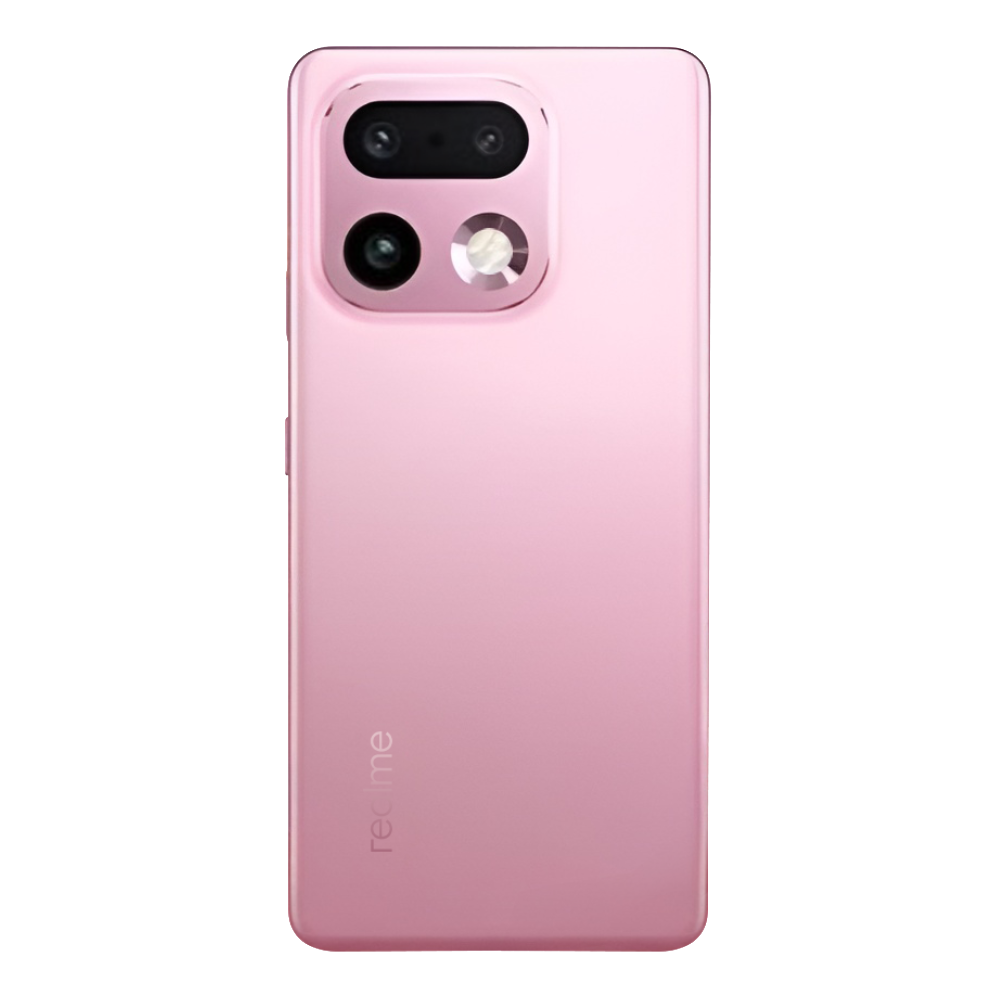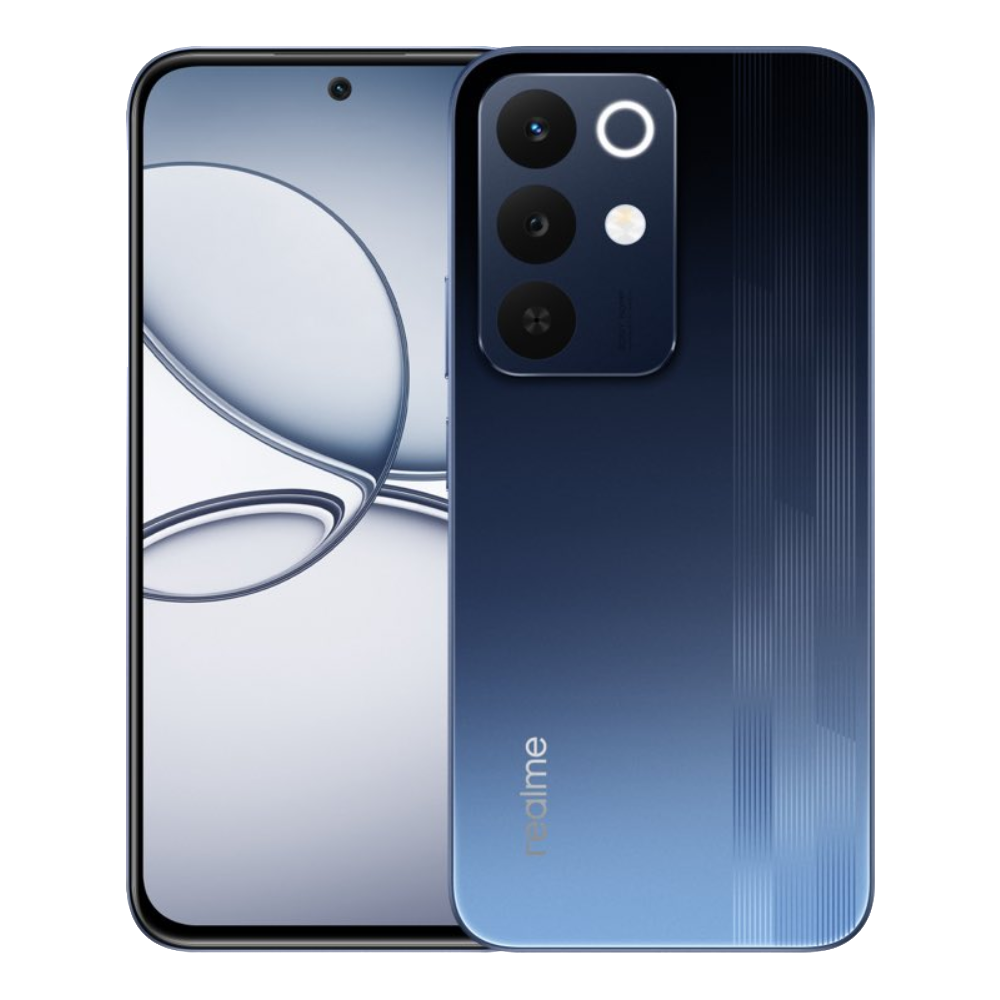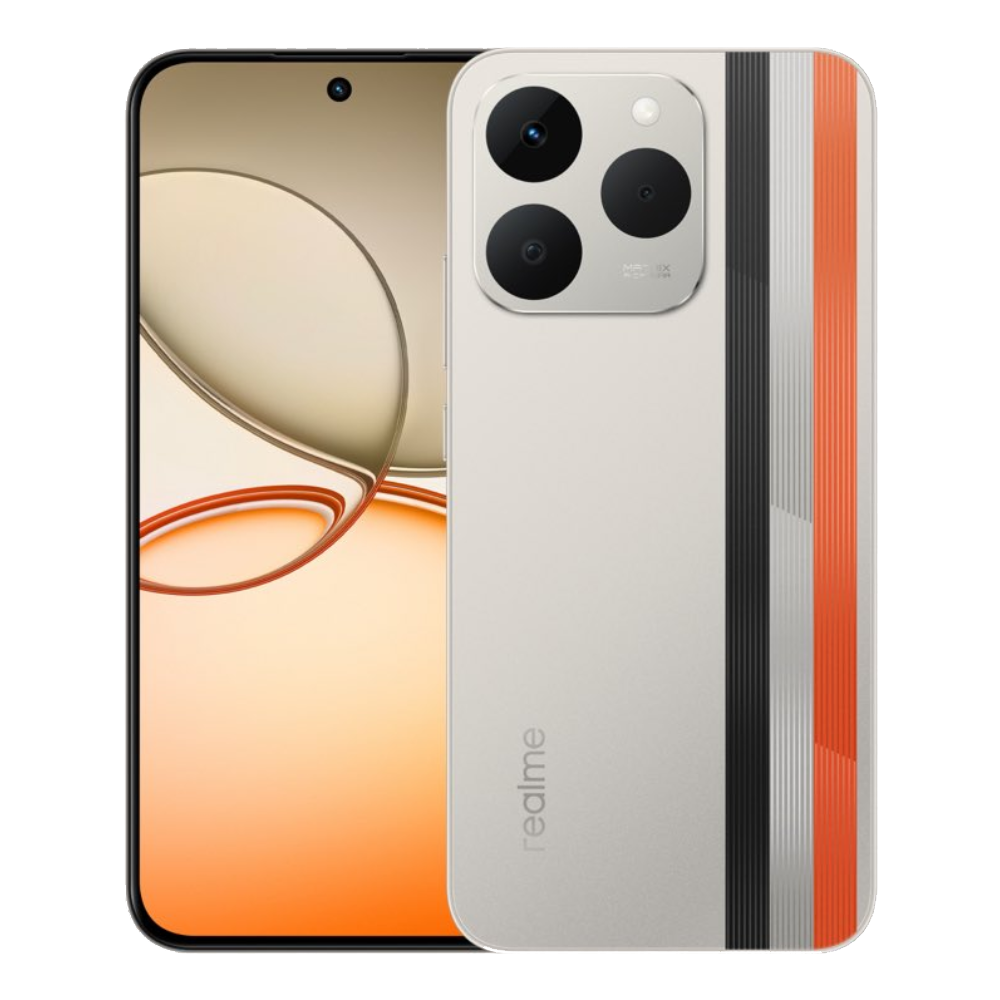
Beebom
Rating7
The Pixel 10 Pro Fold is a solid foldable featuring an IP 68 rating for dust and water protection, an aluminium frame, a sizeable 8-inch inner display and a bigger battery. But it continues to carry the flaws of its predecessor with a bulky design, thick bezels, average cameras and decent performance. While Google has made some improvements to justify the premium pricing, it is just not enough compared to what the competition is offering in 2025.
Pros
Premium build
Large and bright inner display
Android 16 offers fresh and vibrant experience
Decent everyday performance
Telephoto lens is great for long range shots
Cons
Thick and bulky to hold
Camera is average at best
Display has thick bezels
Battery life isn't a major upgrade
It's amazing how fast the tech world evolves; something that is cutting-edge soon turns blunt, and that is how I feel about the Pixel 10 Pro Fold. It's Google's latest folding phone, which I was really looking forward to, since they almost nailed the mark last year. But its announcement left me sceptical, and after using the phone for a week, I am worried. Why do I feel this way? Find out in this Pixel 10 Pro Fold review.
Pixel 10 Pro Fold Unboxing
Before starting the review, let us take a quick look at the box contents that come with the Pixel 10 Pro Fold:
- Google Pixel 10 Pro Fold smartphone
- A USB type C to C cable
- SIM card ejector pin
- Paperwork
Google Pixel 10 Pro Fold Key Details
- PowerVR DXT-48-1536
- QHD OLED
- LTPO
- HDR10+
Hybrid Stabilization
4K@60fps
- 30Watt (wired)
- Wireless Charging Supported
- 256GB (UFS 4.0)
- 4k@60fps
- Gorilla Glass Victus 2 (Back)
- Aluminium Frame (Side)
- IP68 (Dust and Water Resistant)
- 7 year(s) of OS Update
Pixel 10 Pro Fold Build and Design
- 10.8 mm (folded), 5.2 mm (unfolded), 258 grams weight
- Corning Gorilla Glass Victus 2 front and back glass, aluminium frame
- USB Type-C 3.2, IP 68 rating
The Pixel 10 Pro Fold shares a familiar design with last year's model, but it still feels strange in the hand. That's because of the thickness of the phone, as the 10 Pro Fold has put on a few millimetres compared to its predecessor. This doesn't sound much, but it reflects when you hold the phone, pick it up from the table, or take it here and there.
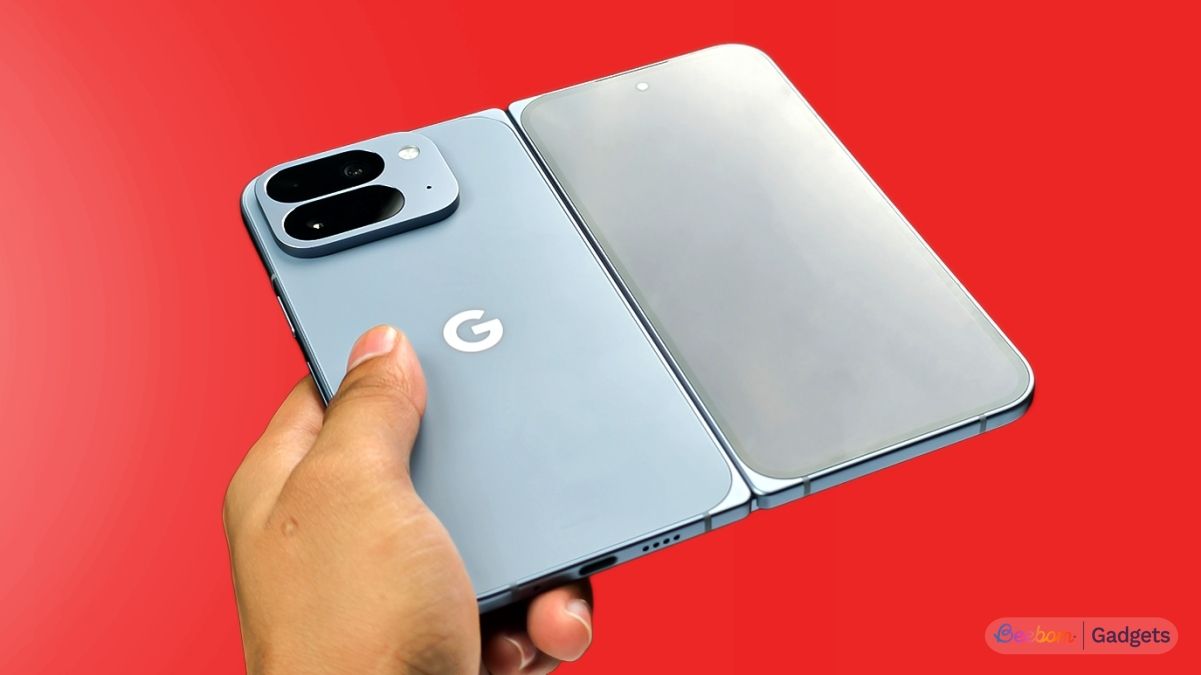
At 258 grams, it's quite heavy, even more than the iPhone 17 Pro Max. Google's excuse for increasing the weight and thickness is to ship the 10 Pro Fold with a bigger battery. But I don't get why they couldn't go with a silicon-carbon battery instead, like the Vivo X Fold 5.
That said, I do love the classic Pixel look that the phone has going on here with its chamfered aluminium frame, overtly rounded corners, matte glass back, and the shiny Google logo at the back. It feels as premium as a Rs 1,72,000 phone should.
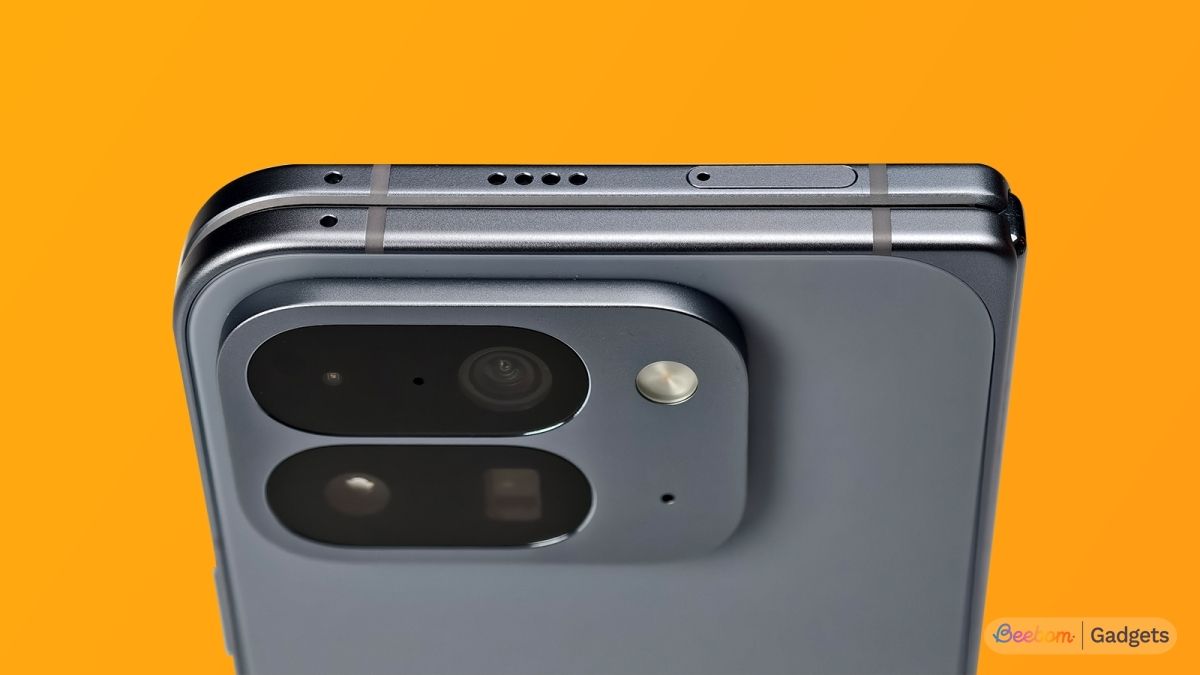
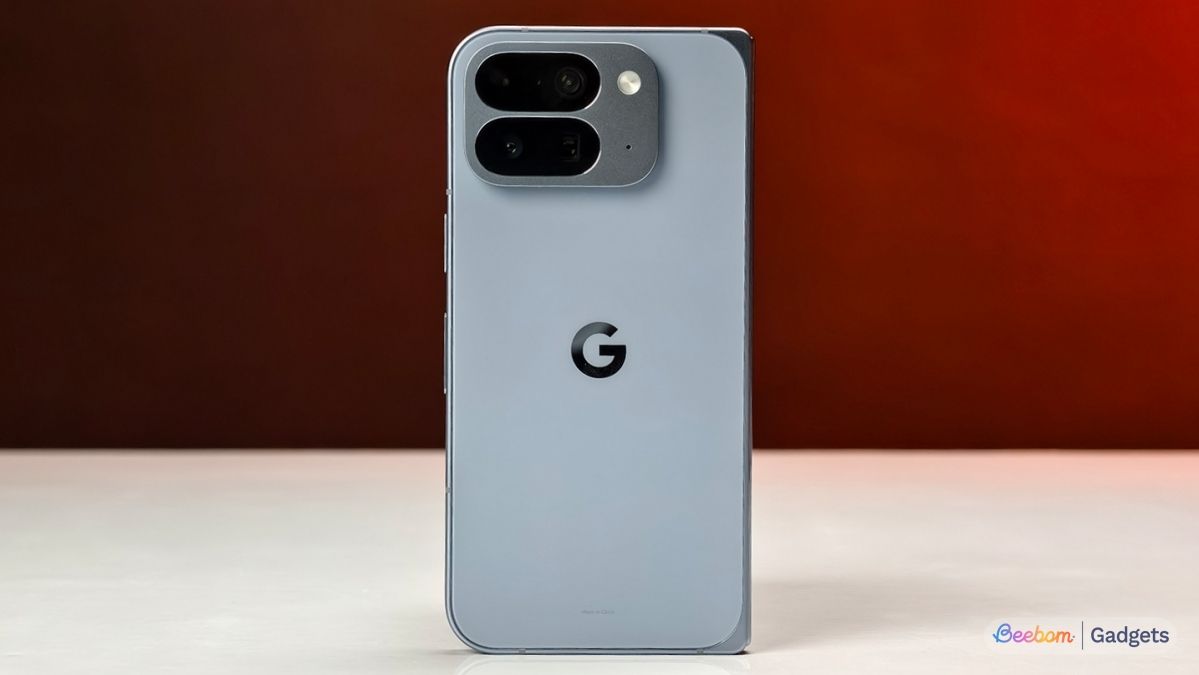
I am also liking the new hinge that Google has gone with, as the device opens and closes much smoothly, and it remains as stiff as the day I started using the phone. And the Pixel Snap is a welcome addition that lets me use my MagSafe accessories like the Pixel Stand with the Pixel.
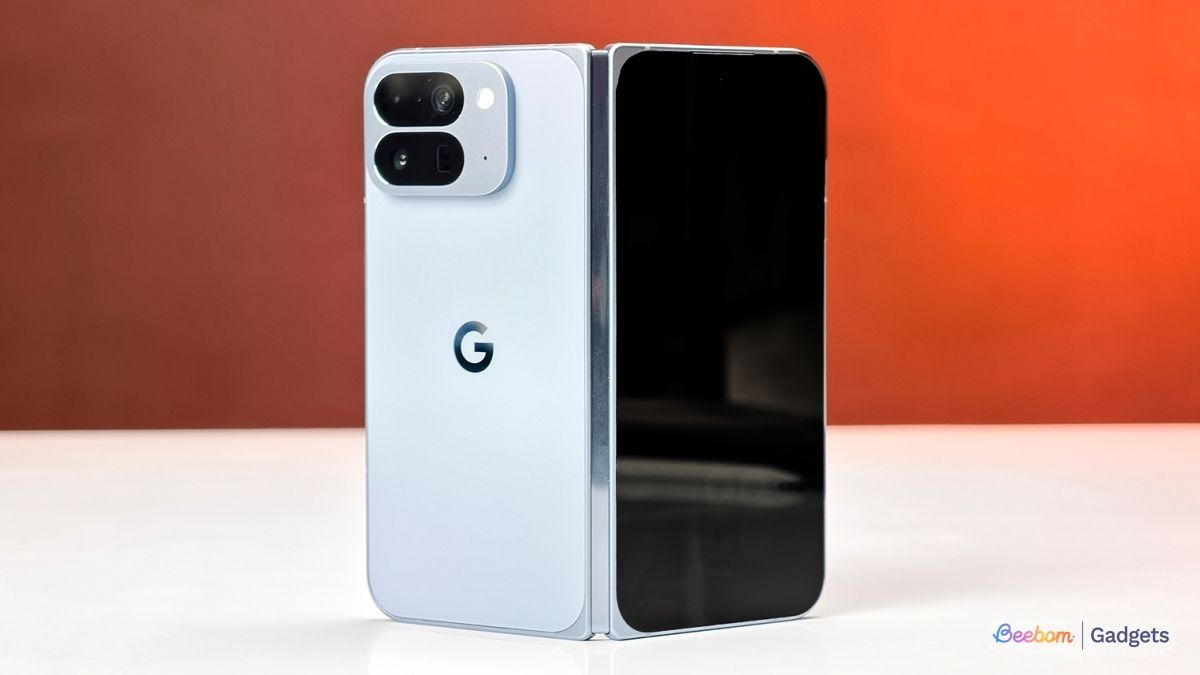
This is also the first foldable with an IP68 rating, offering protection from not just water, but also dust. I have also dropped the device a couple of times, of my own fault, and it came out unscathed. So, I don't know whether Google was going for a rugged foldable phone, but I can say that they have made a tank with this one.
Pixel 10 Pro Fold Display Quality
- 6.4-inches (1080 x 2364) 120 Hz OLED cover display
- 8.0 inches (2076 x 2152) 120 Hz LTPO Plastic OLED inner display
- 3000 nits peak brightness, HDR supported
While the design looks premium, the facade goes away when you turn on the display, thanks to the thick bezels. They are quite distracting, and I wish Google had at least attempted to trim them down. Though it did get less noticeable as the review progressed, but "you'll get used to it" isn't the hall pass I can grant every year. It was the same story last year and the year before.
I do like Google's tuning for the display. It has a nice pop to colours that doesn't look too saturated, and the black colours in darker scenes also come out pretty clean. Watching HDR movies was a pretty good experience on the 10 Pro Fold's cover display. The panel also gets brighter now, being easily visible in outdoor sunlight. However, the inner panel still carries on the same problems as the Pixel 9 Pro Fold.
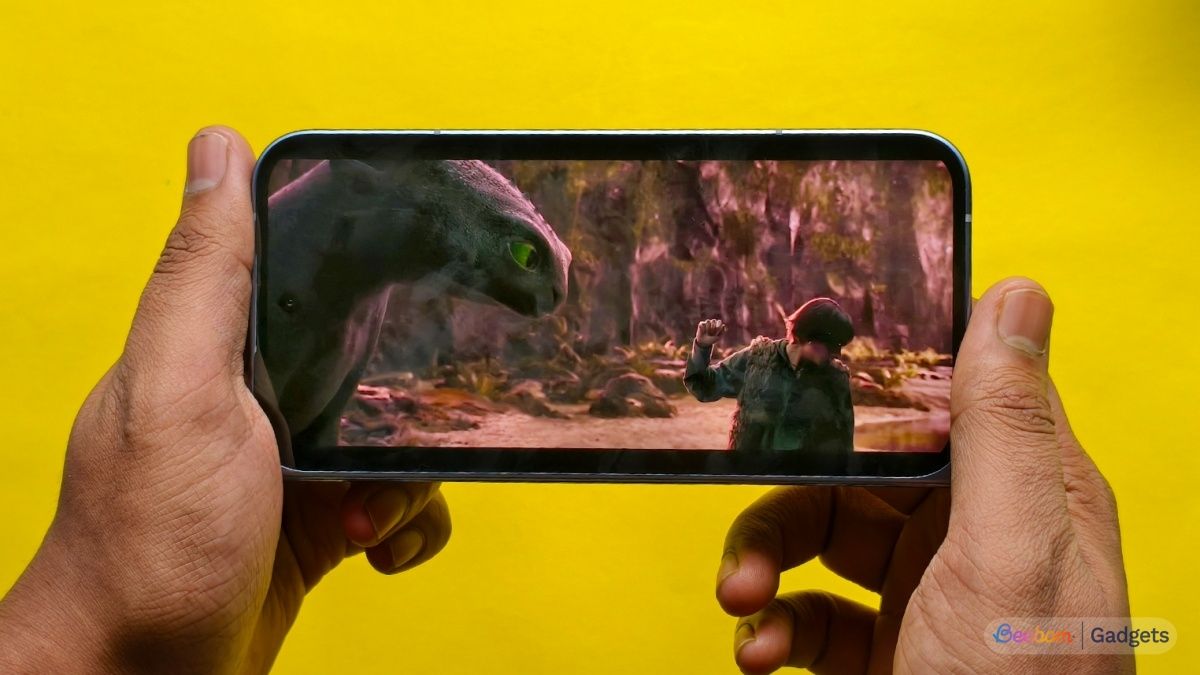
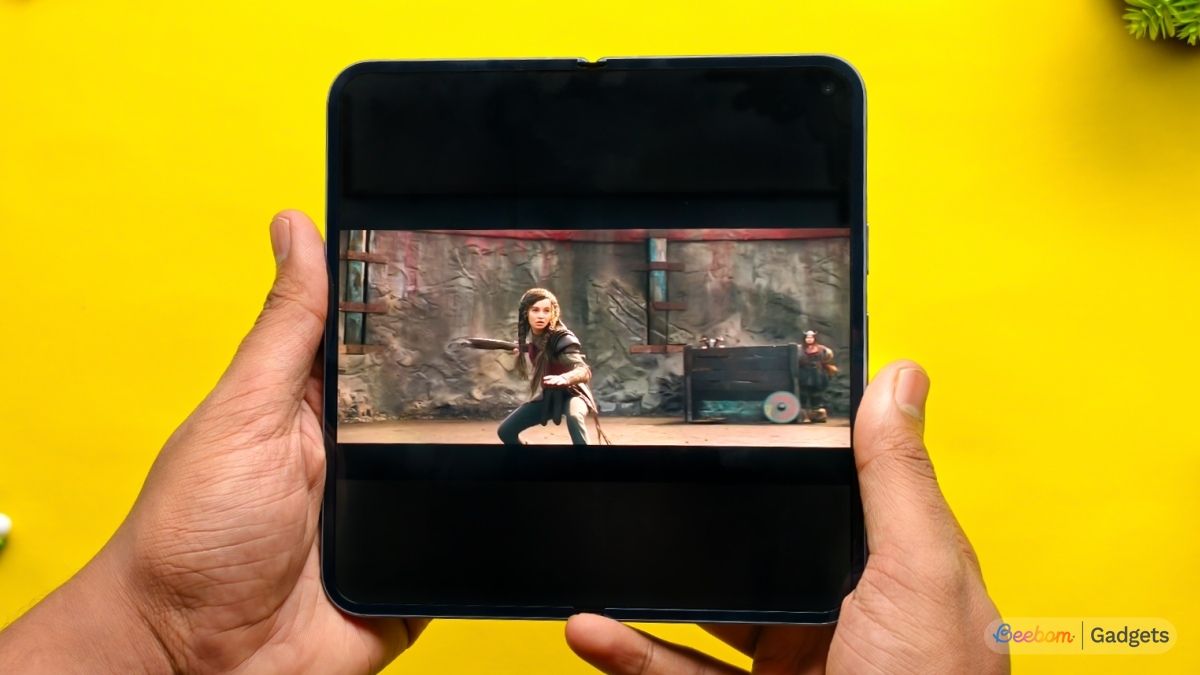
The 8-inch plastic OLED display offers plenty of real estate to do more than what you would usually do. It motivates you to be productive, whether it is running two apps side by side, reading articles, or books. But I noticed that it doesn't register touch sometimes. This is an odd issue that became clearer when I played a few games on it, several times losing matches because it wouldn't register that I pressed the button.
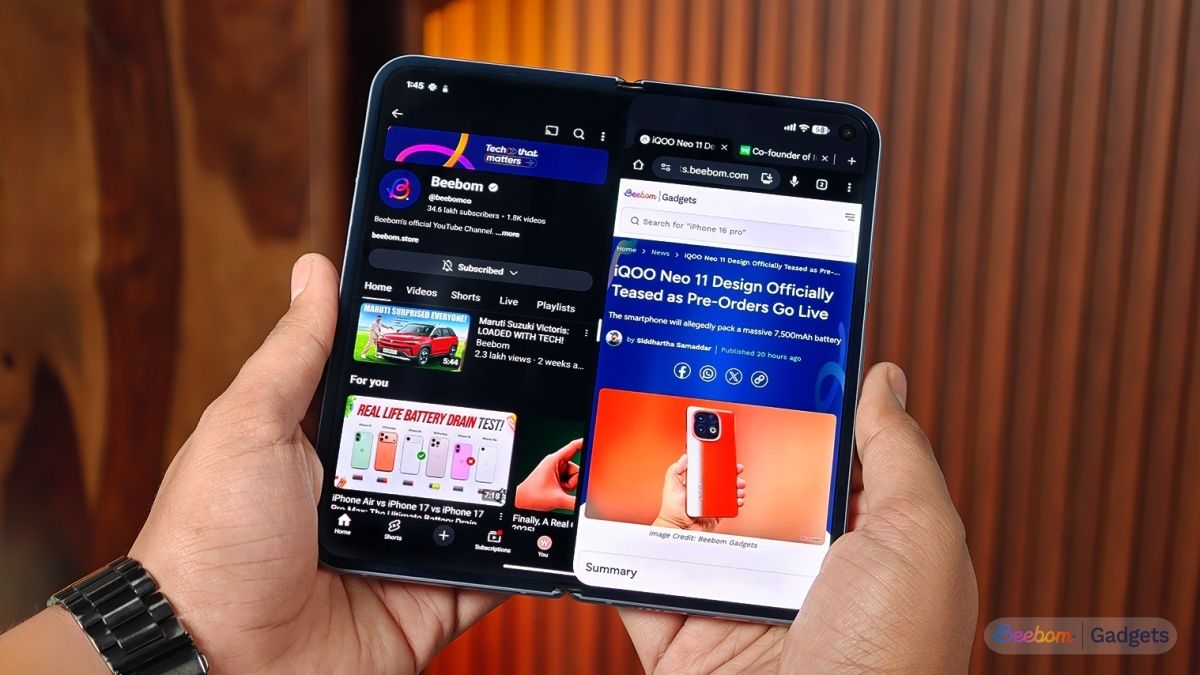
Thankfully, the screen is not as reflective, though it catches fingerprints easily and the crease in the middle is hard to ignore. The thing is, I want to like the display of the Pixel 10 Pro Fold, but it's like every iteration of Google's foldable pops up with a new problem to annoy me even further, which makes me question its premium pricing.
Pixel 10 Pro Fold Performance Tested
- Google Tensor G5 (3nm), Imagination Technologies DXT-48-1536 GPU
- 16 GB RAM LPDDR5X RAM + 256 GB UFS 4.0 storage
The Pixel 10 Pro Fold is powered by Google's latest Tensor G5 chipset based on TSMC fabrication. It is an improvement over the Tensor G4, but compared to other chipsets like the Snapdragon 8 Elite and Apple A19 Pro, it is still far behind and here are the benchmarks if you want to see the numbers.
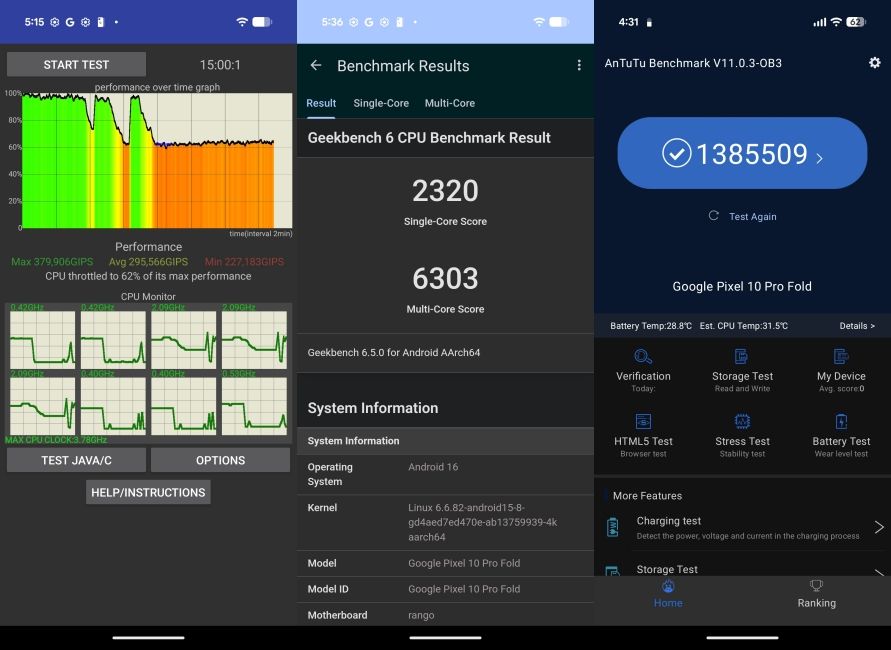
But in real-world usage, it fares competently. The 10 Pro Fold felt smooth to use throughout my review period, rarely skipping a frame or animation. That's mostly thanks in part to Google's optimisation, as even having multiple apps side by side didn't cause the phone to lag or stutter. I also noticed that the phone doesn't even get that hot, even after sustained heavy use, which is a big plus point.
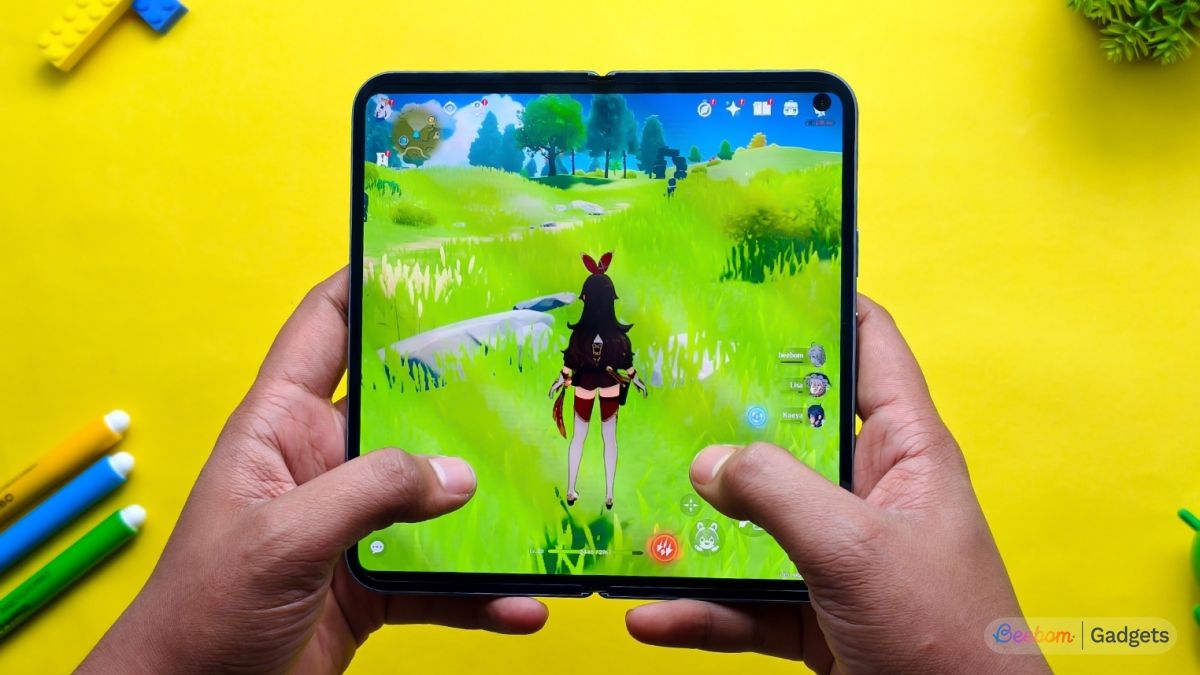
Gaming is a different story altogether. In my Pixel 10 review, I mentioned that this processor struggles with demanding titles like Genshin Impact, and it's the same case here. At low graphics, 60 FPS, I could get a manageable gameplay, but micro stutters showed up as I engaged in fights. Call of Duty: Mobile and BGMI do better at lowest graphics and 120 FPS. But the touch sampling rate is poor, which almost made games unplayable. So, manage your gaming expectations with the Pixel 10 Pro Fold.
Pixel 10 Pro Fold Software and Updates
- Android 16 with Material 3 Expressive
- 7 years of software and security updates
The Pixel 10 Pro Fold comes with the latest version of Android 16 with a colourful twist of Material 3 Expressive. I have swooned over this iteration of Google's software in my Android 16 review. But in short, I really like this new coat of paint, and dare I say, that stock Android has never looked better. Every little gesture is met with a bubbly, bouncy animation, as well as equally springy haptic feedback.
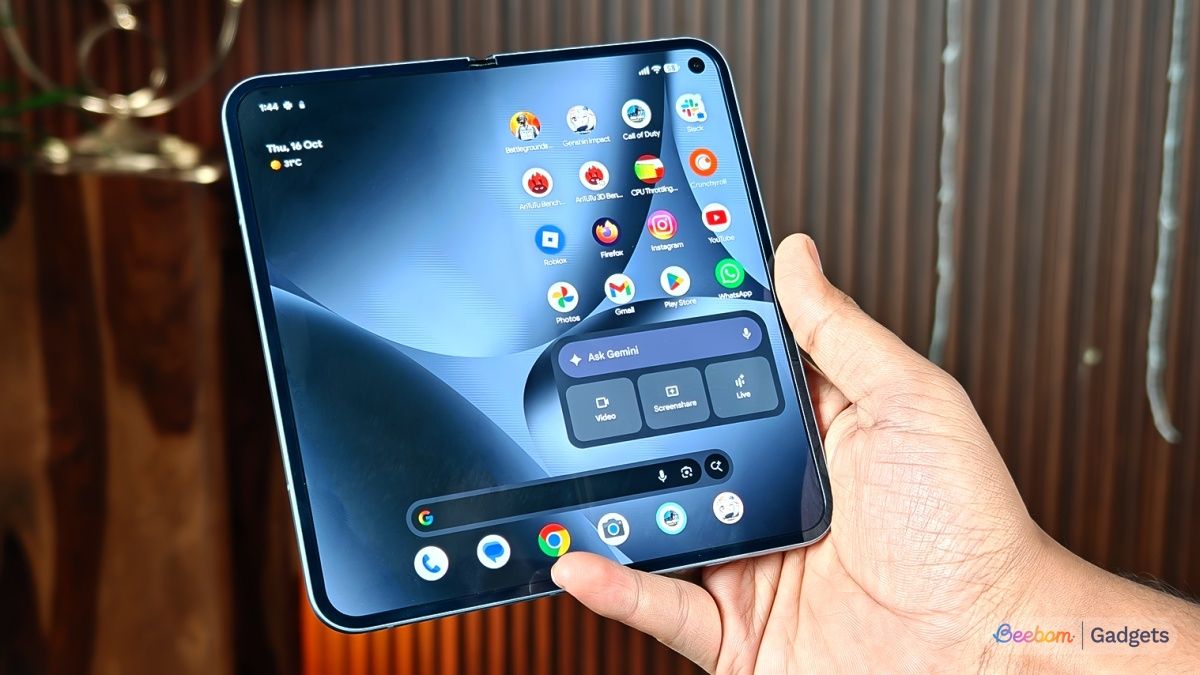
Among all the new Android 16 features, the lock screen customisation, weather effects and the quick settings are my favourite. However, the software has its share of bugs, which are hard to overlook. The phone has frozen a few times on the lock screen, the top portion would go black when running apps in split screen, and it randomly restarted on me once.
I can overlook these, as Google is quick to release patches to fix these minor blemishes. And don't forget that you are getting 7 years of promised software updates on day one of release. Google has also bundled some Pixel-exclusive AI features, but they are a hit and a miss, and after the first few uses, I mostly forgot about them.
Pixel 10 Pro Fold Camera Tested
- 48 MP (Main Camera), f/1.7, 25mm, dual pixel PDAF, OIS, 4K 60 FPS recording
- 10.8 MP (Telephoto), dual pixel PDAF, OIS, 5x optical zoom + 10.5 MP (Ultrawide), f/2.2, 127˚
- 10 MP (Cover selfie camera) + 10 MP (Inner Selfie Camera), 4K 60 FPS recording
The camera array on the Pixel 10 Pro Fold also carries forward from the last generation with a 48 MP main shooter, which takes good photos in daylight situations. The camera captured some good shots around my office park, as you can see in the attached images. I like the amount of details, and the dynamic range is pretty good too.
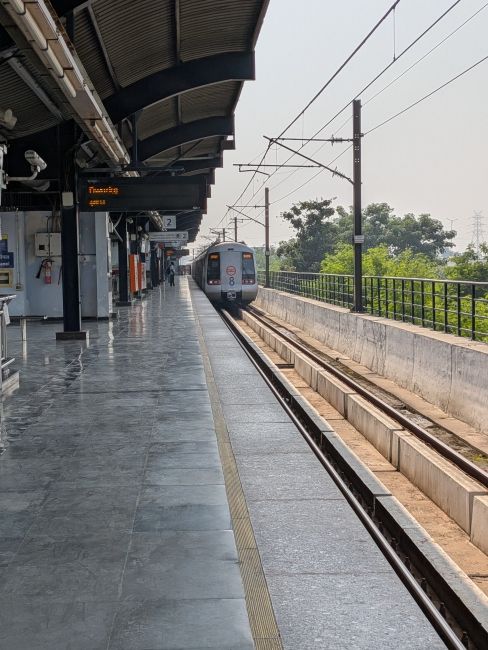
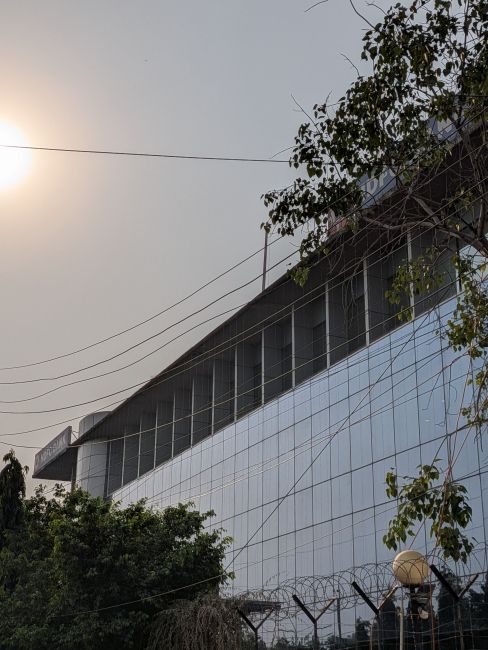
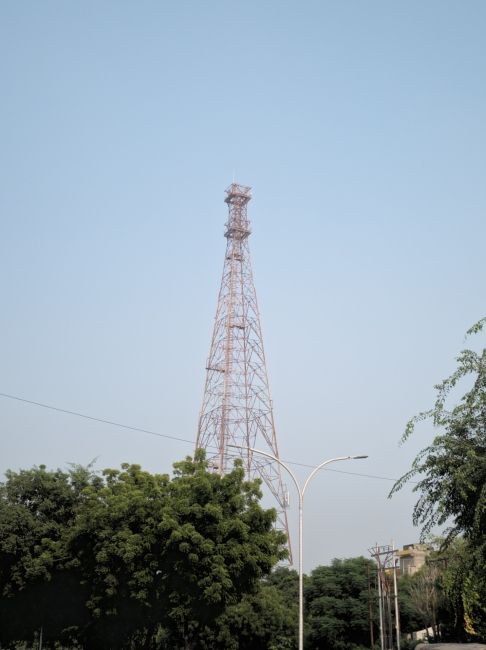
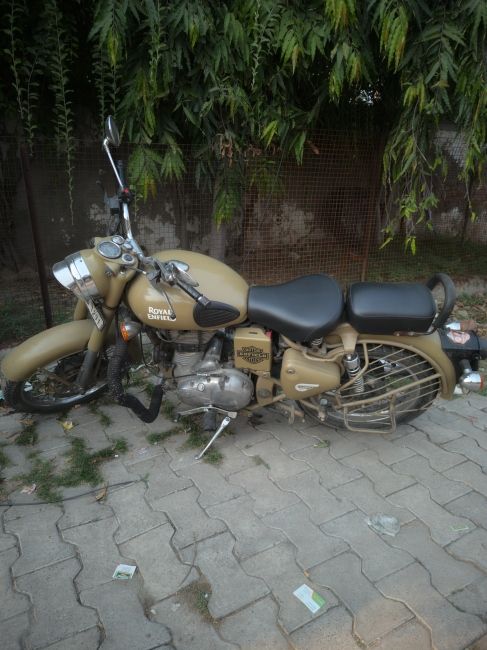
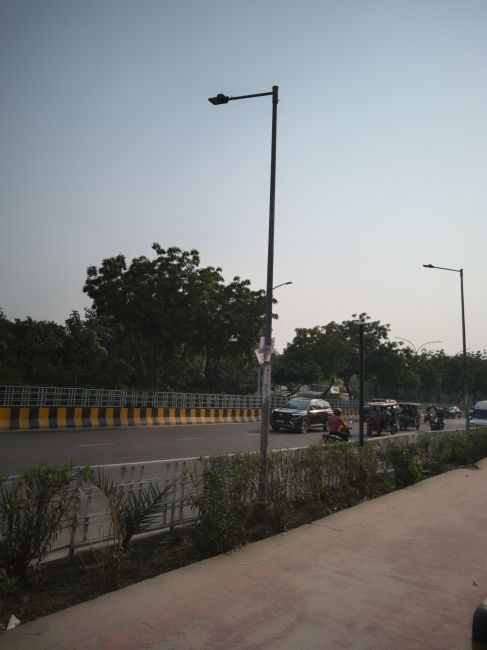
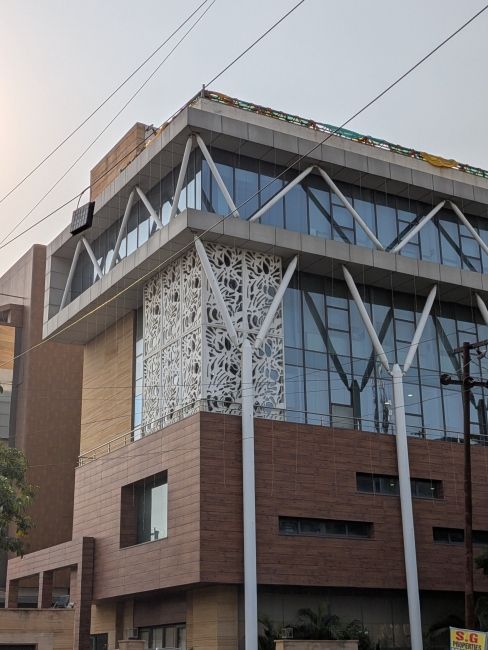
The images produced have a natural colour to them, but the shots do look over-processed with a lot of added sharpness. The night is where the Pixel flexes its muscle. I was able to capture some amazing shots at our office Diwali party, and just see how crisp every detail in each shot comes out.

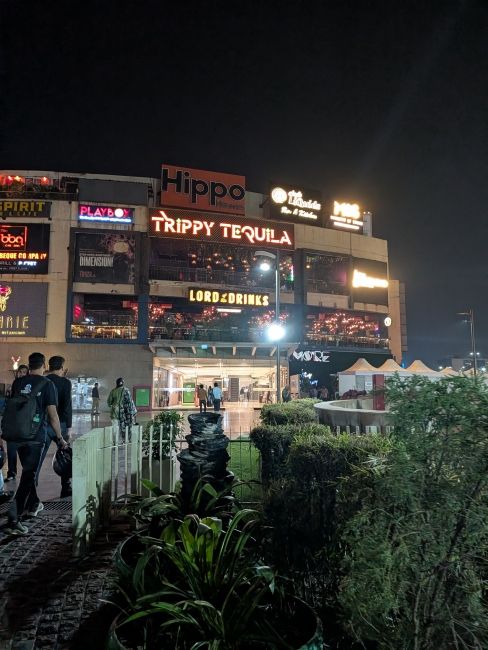
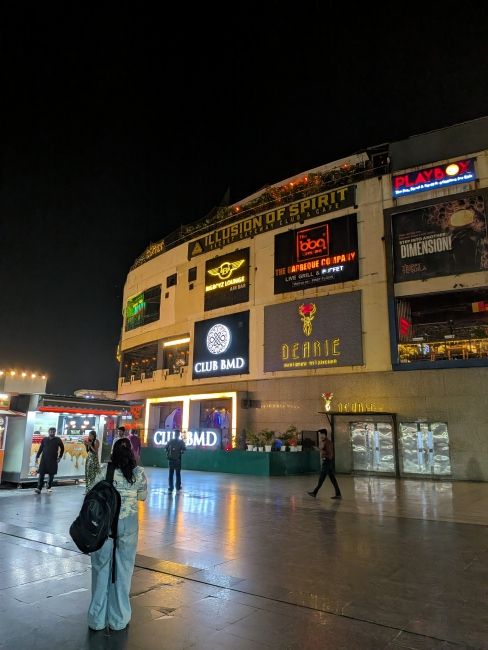


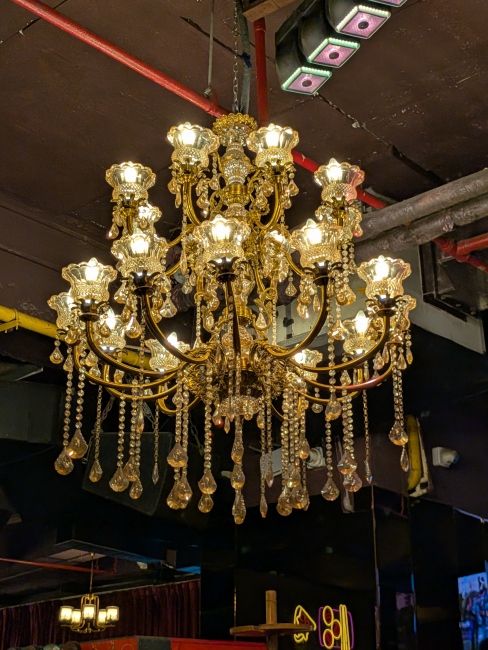
The 5x optical telephoto lens is the same one we saw used in Pixel 10, and it does a good job, taking you closer to the subjects in an instant. It takes some stunning photos, as you can see below. But the smaller sensor can only do so much, and when you zoom into shots, you notice the lack of detail. Compare this with a telephoto camera sample from a phone like the Vivo X200 Pro and you will clearly see the difference.
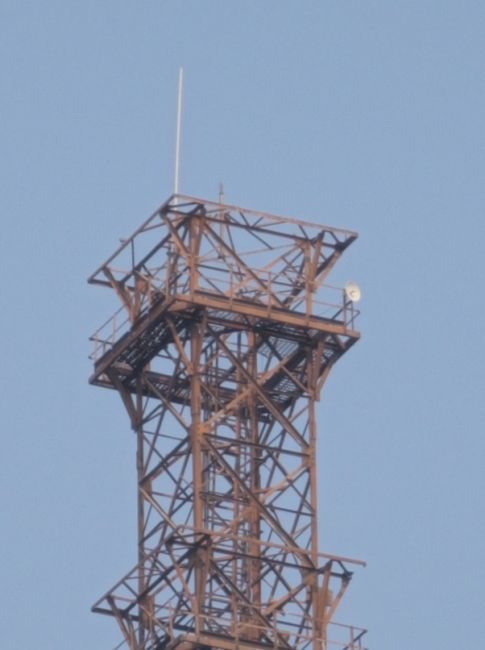
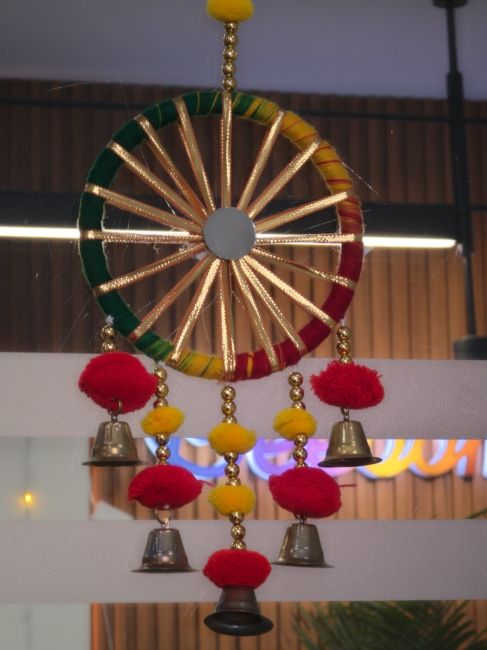

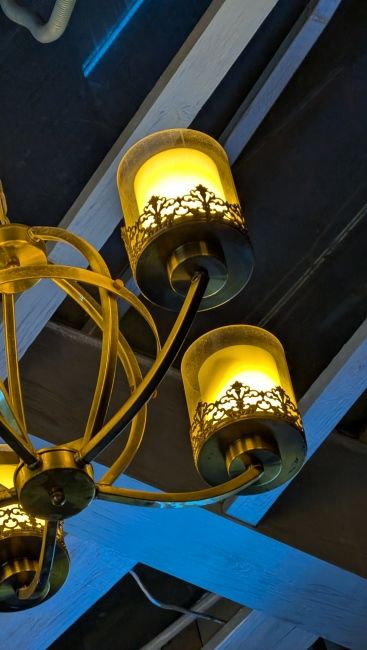

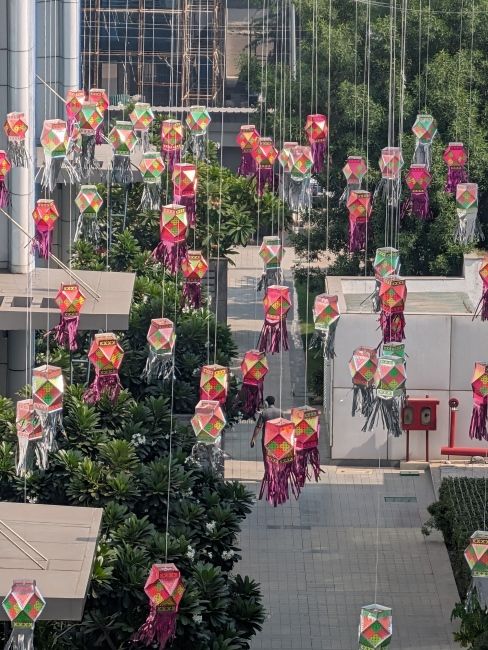
The ultrawide lens is also quite decent, taking good photos in ample daylight. It captures the grandness of a scene quite well with its 127-degree field of view, but it falters at night, leaving the post-processing to do most of the clean-up.
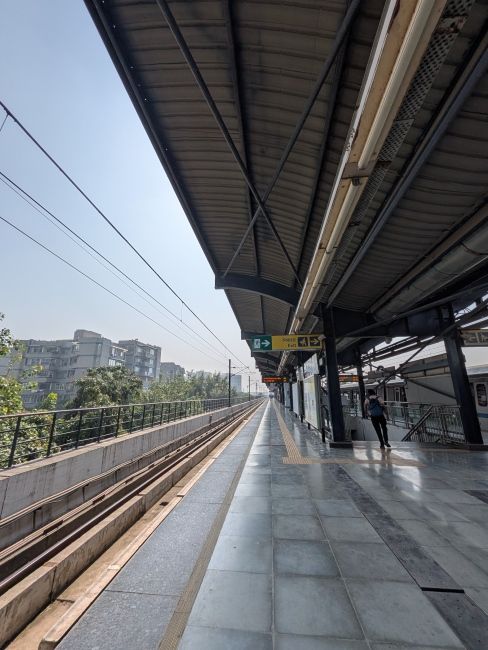
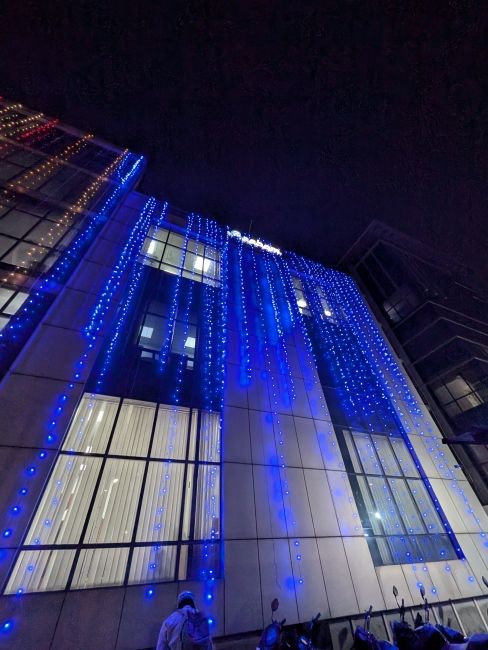
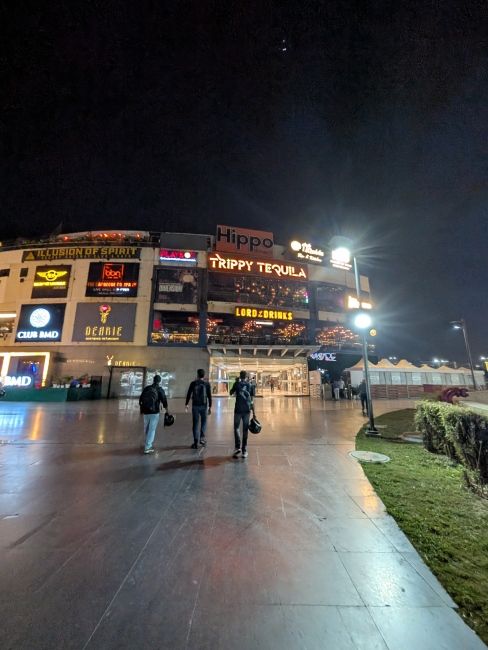
The selfie camera, on the other hand, is the same on both the inner and cover display. This lens takes charming self-portraits that are almost social media-ready. But I did notice a reddish-orange tint in human subjects, which was also present in the Pixel 10. Maybe it has something to do with the post-processing itself, but I thought it was worth pointing out.






Finally, the Pixel 10 Pro Fold can record 4K videos up to 60 FPS from all its lenses, including the selfie shooters. The recorded footage is actually quite good and pretty stable. But there is a jerk when switching lenses during video recording.
Pixel 10 Pro Fold Battery Life and Charging
- 5,015 mAh battery capacity, 30W wired charging supported
- 50% in 30 minutes of charging
Google compromised the slim design on the Pixel 10 Pro for a bigger battery, so it better be good, right? Well, no. Even with a bigger 5,015 mAh battery, I mostly averaged around 5–6 hours of screen-on time during my review period. My usage typically included texting, taking calls, watching YouTube videos, an hour of streaming music while I am at the gym, and playing a few COD: Mobile matches here and there.
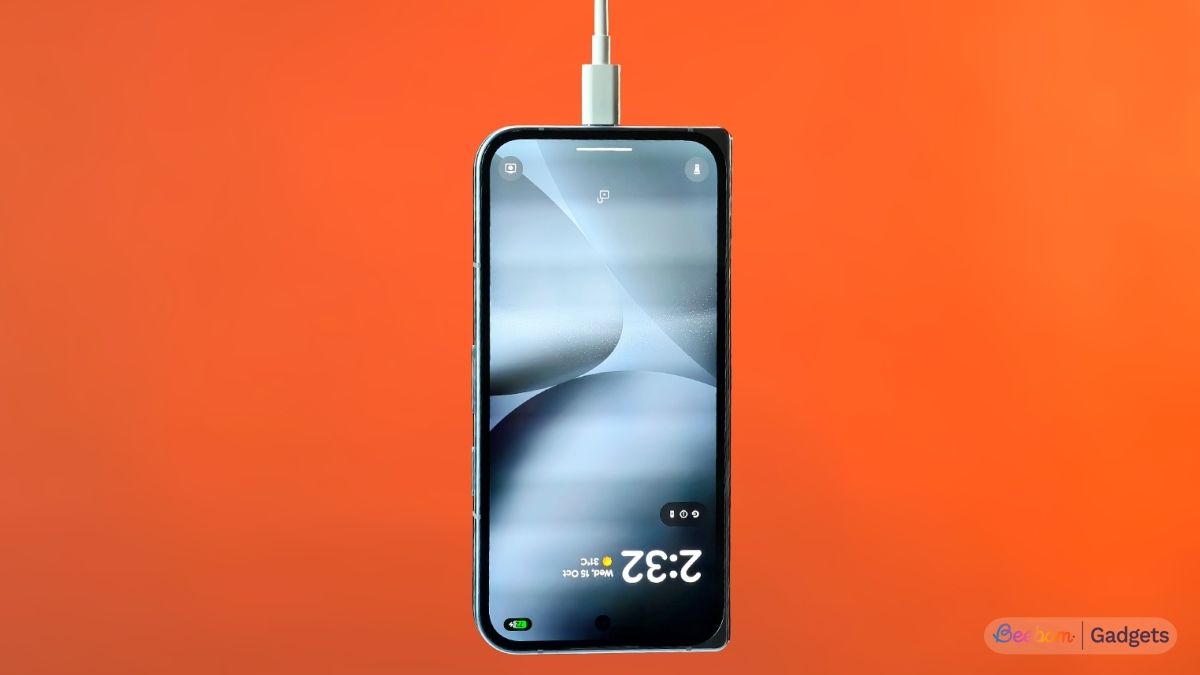
These are not disappointing numbers, but the fact that Google sacrificed the aesthetics of the phone for a minor improvement in battery life bums me out. The OnePlus Open from 2023 could do better in terms of battery life. Thankfully, the charging is faster now at 30W wired, which can charge the 10 Pro Fold up to 50% in 30 minutes. There's also 15W wireless charging support.
Bottom Line: Is the Google Pixel 10 Pro Fold Worth It?
Throughout this review, you might have noticed that I didn't mention the Samsung Galaxy Z Fold 7. That's because the Z Fold 7 is obviously a better foldable device between the two. It offers better performance, better aesthetics, slimmer bezels, and even better cameras for a slightly higher price. I wanted to see how the 10 Pro Fold fares in a vacuum, and it is still riddled with compromises that Google should have worked on, but it didn't.
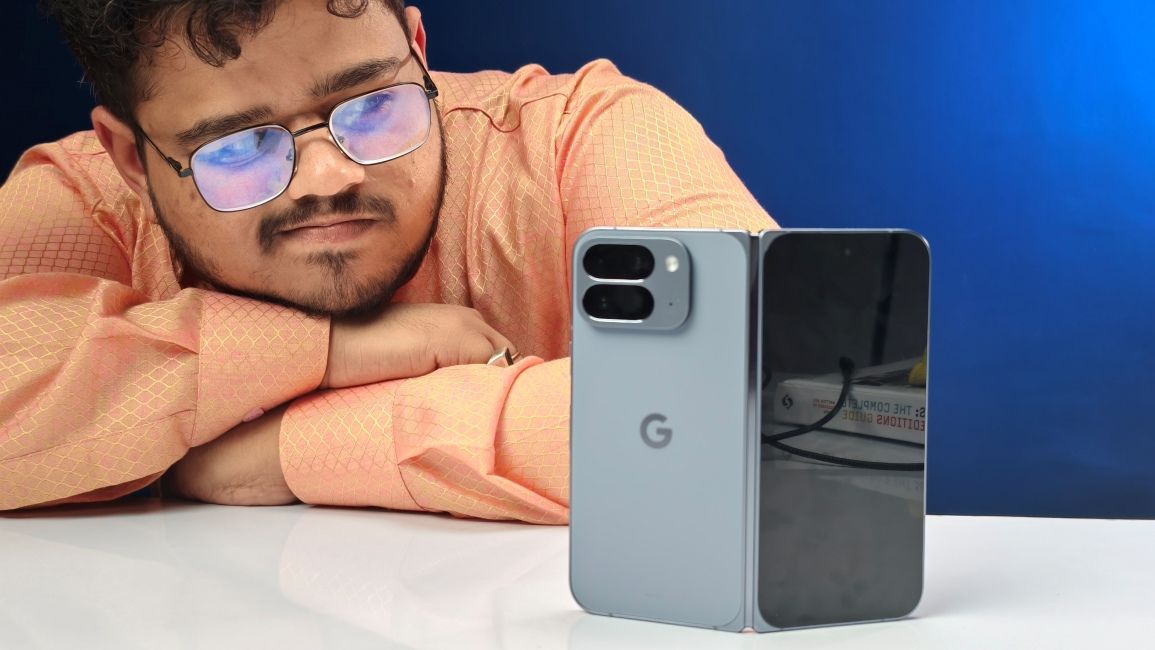
Repeating the same issues that many people have outlined before, at the same time charging a premium for it. So at Rs 1,72,999, the Pixel 10 Pro Fold is a hard sell. Even if you are a Pixel enthusiast and wish to stay loyal to the brand, I would suggest waiting for Google's next foldable and skipping this one.


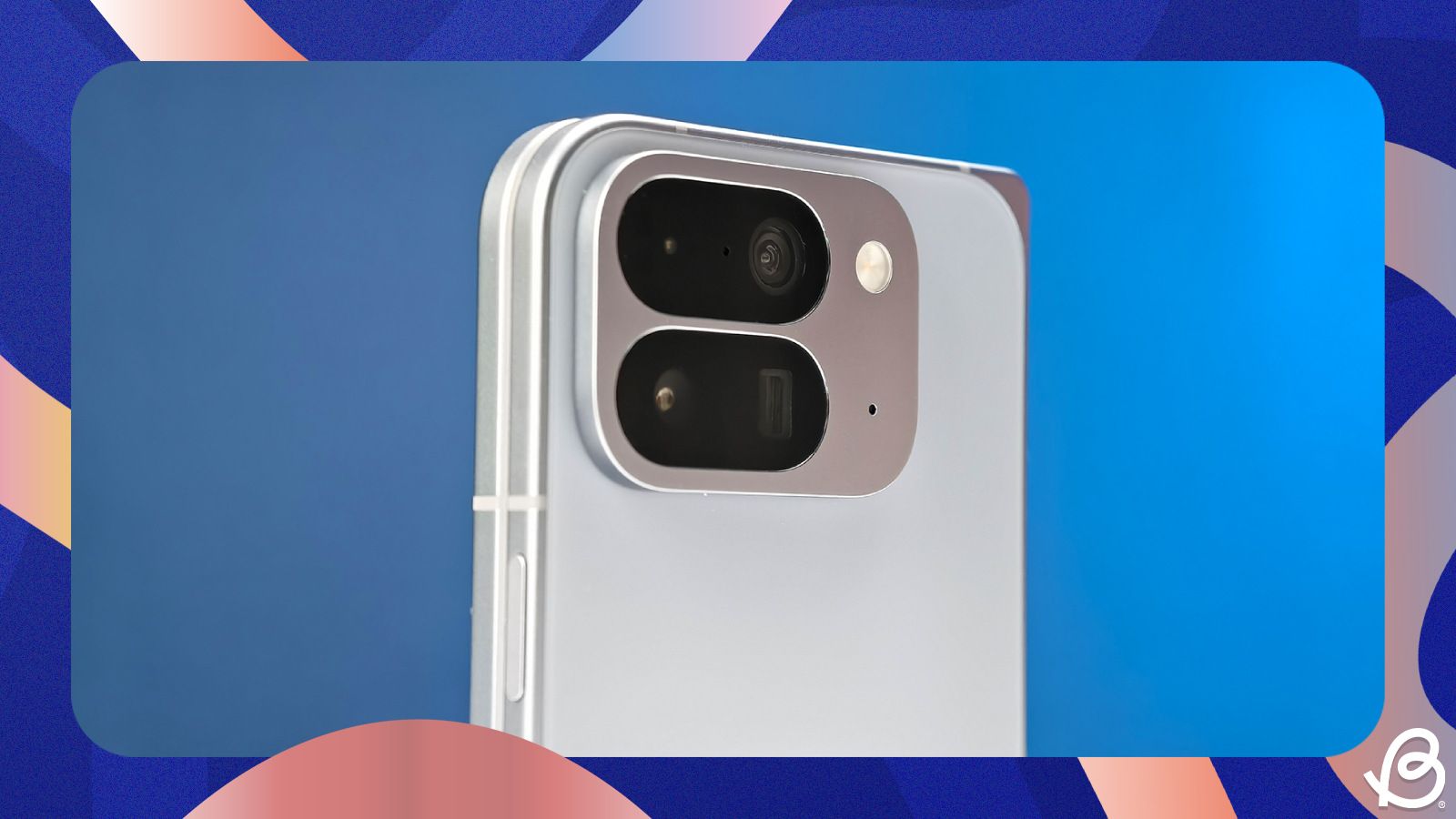
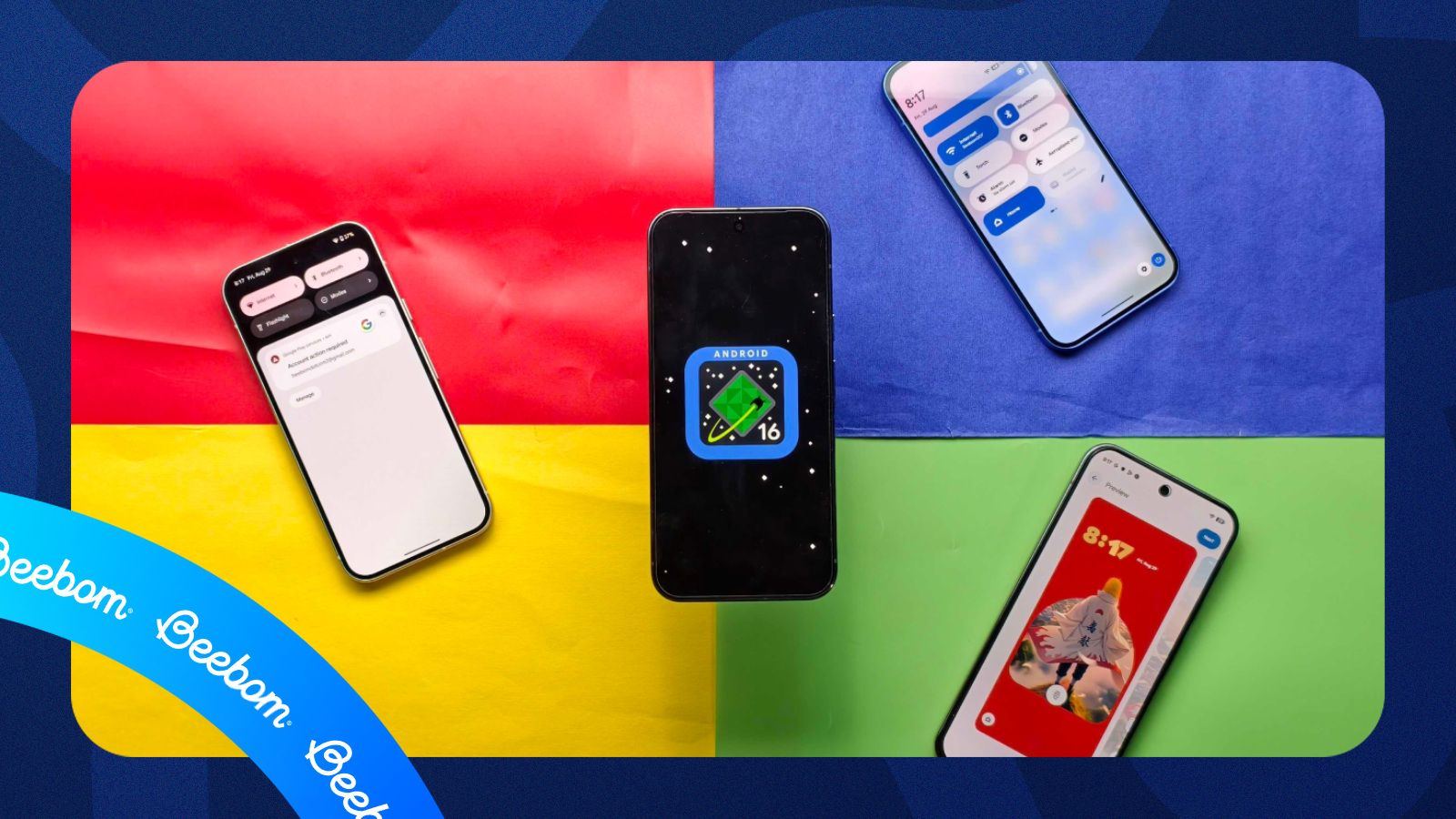
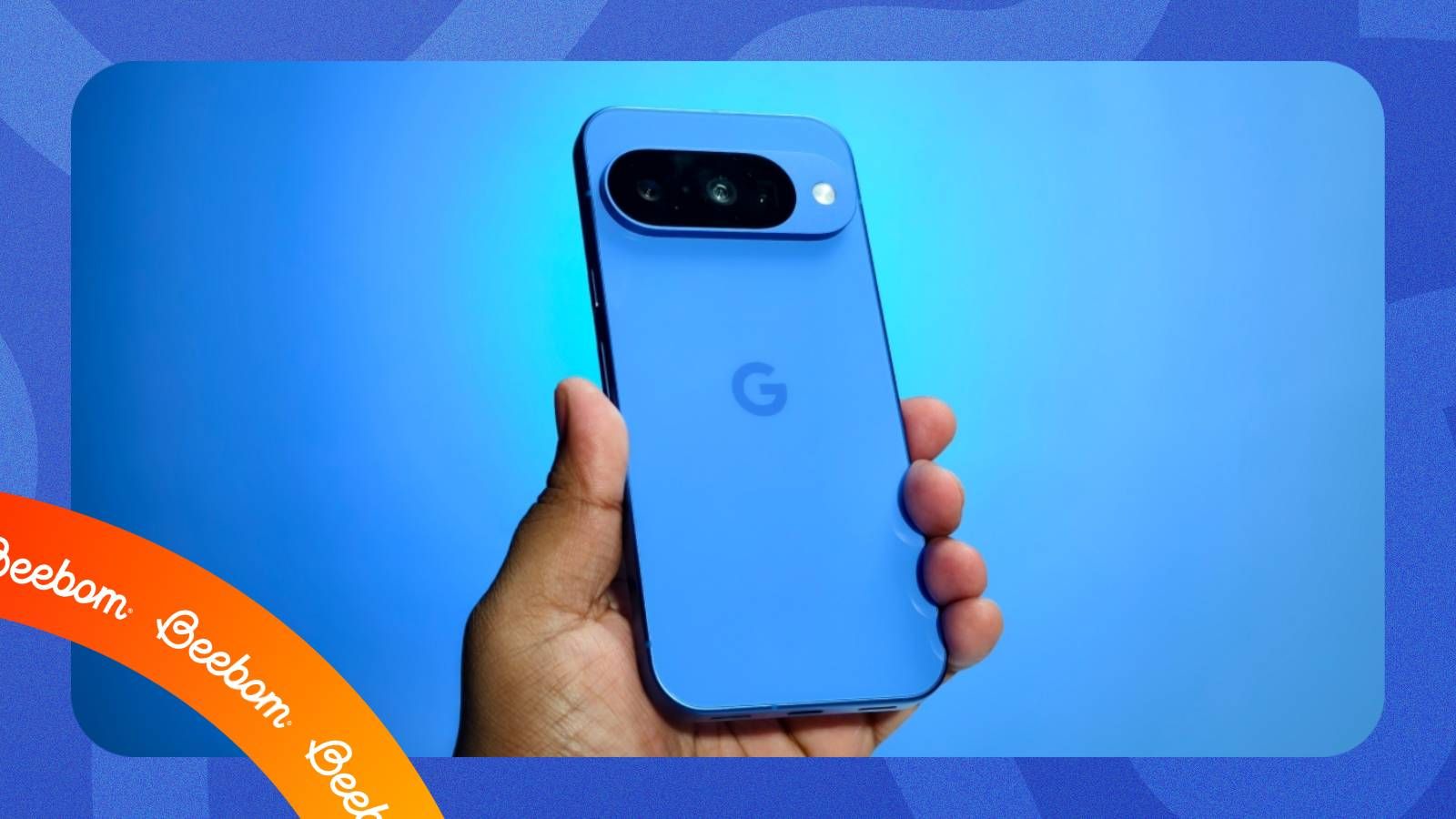
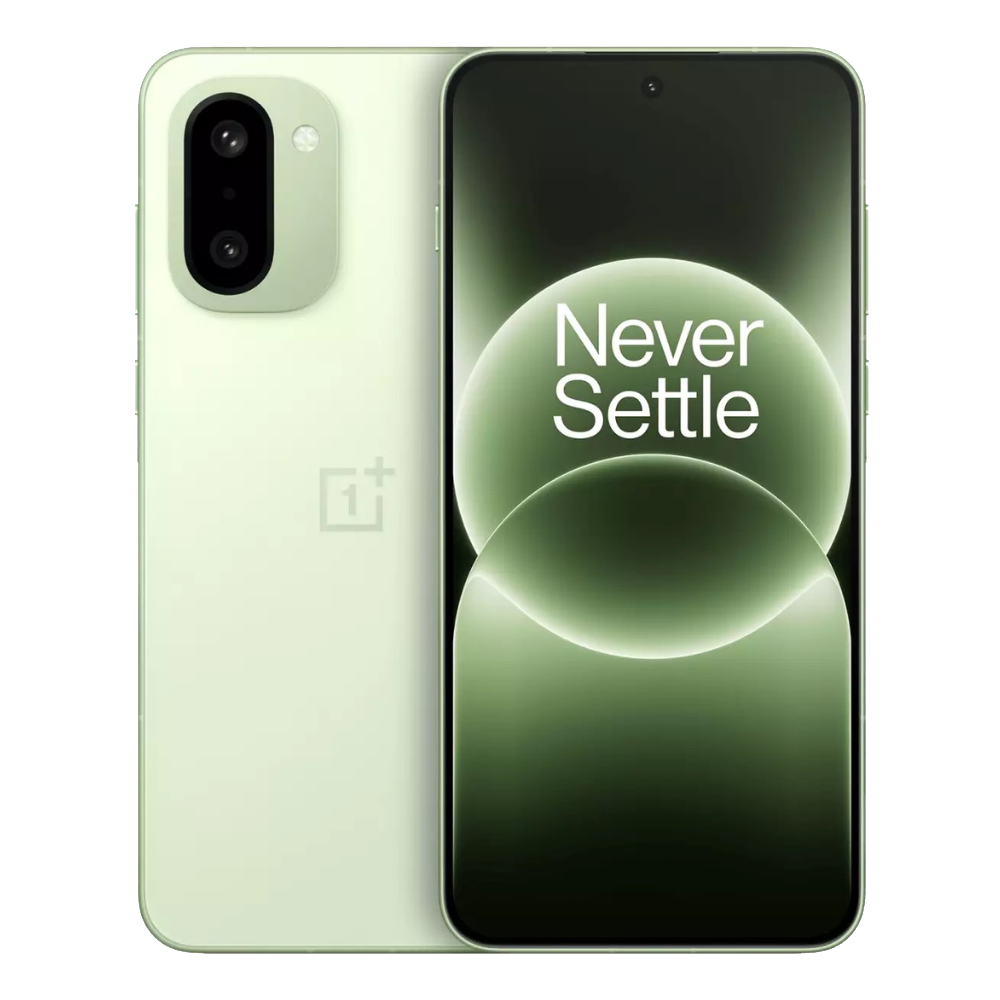
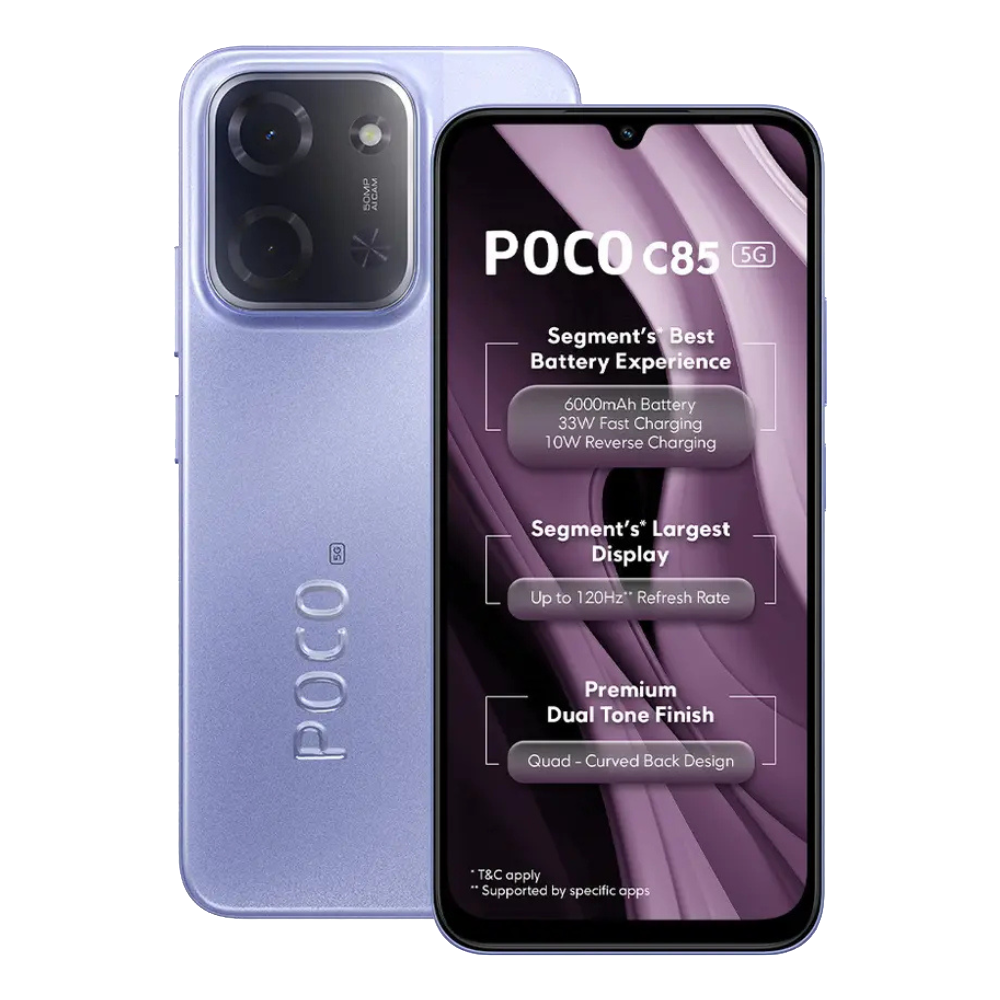

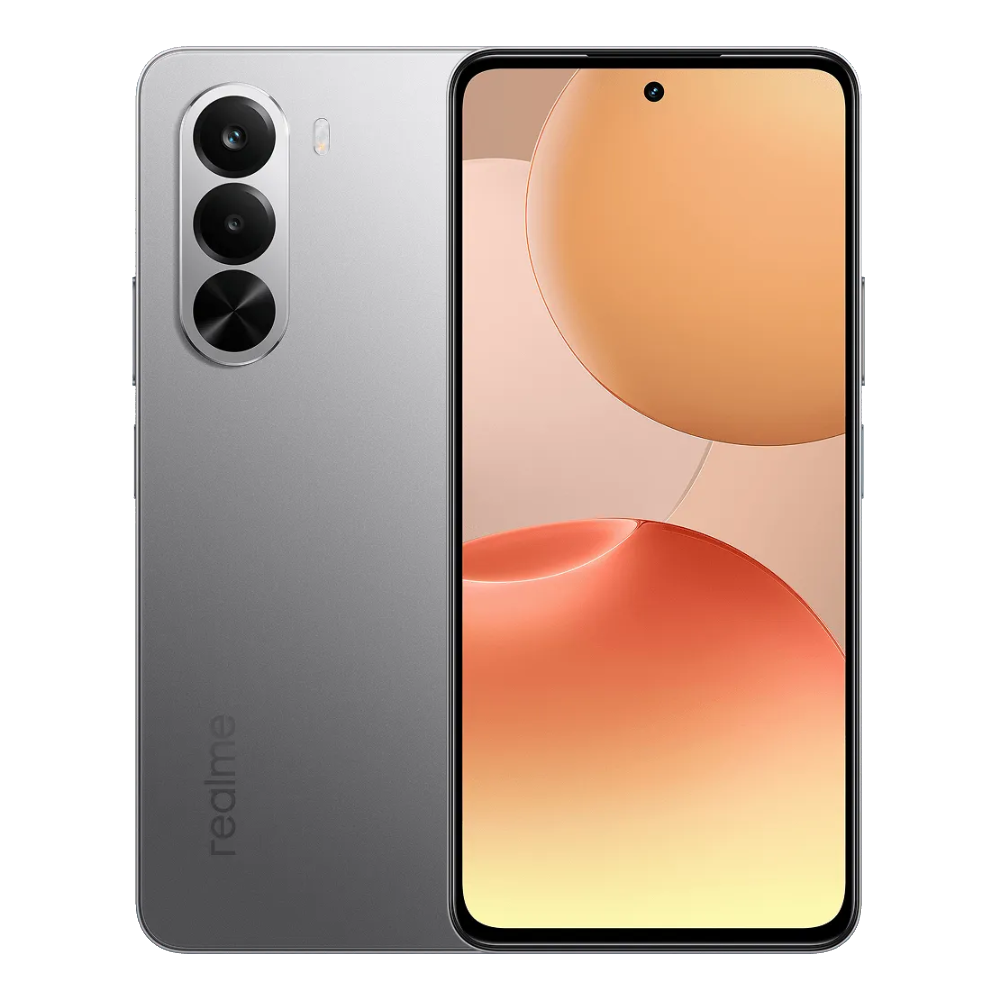
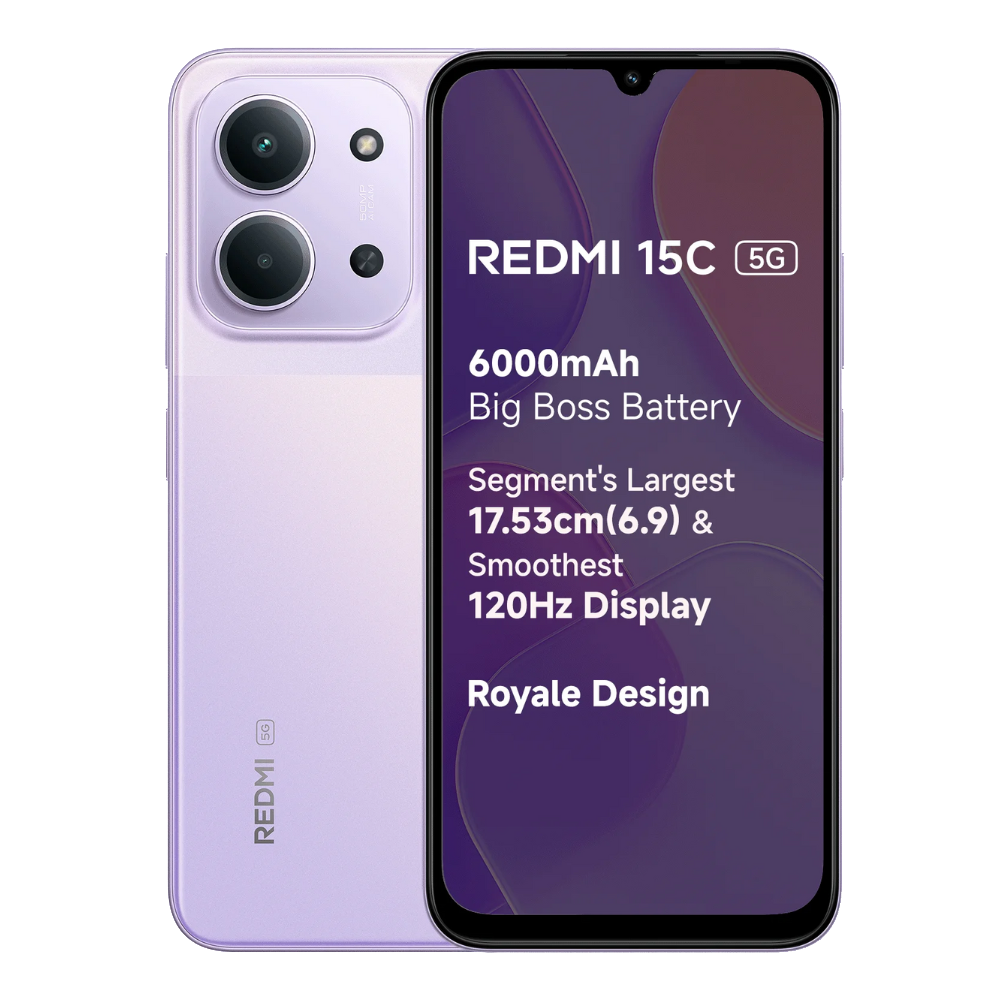
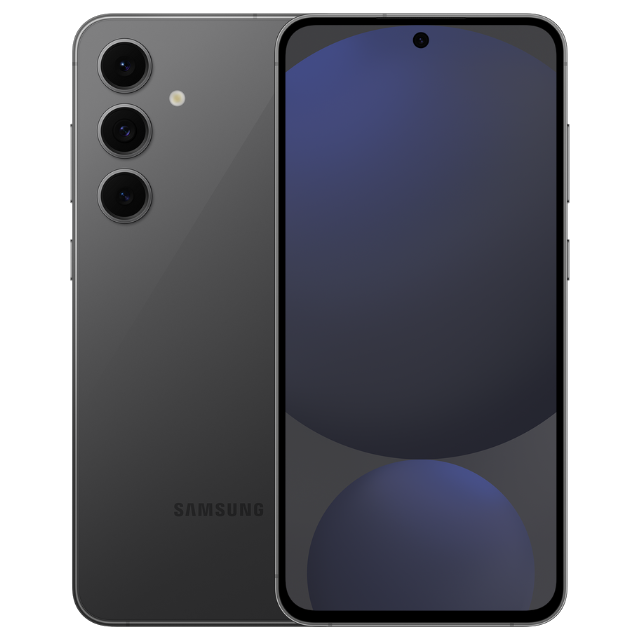
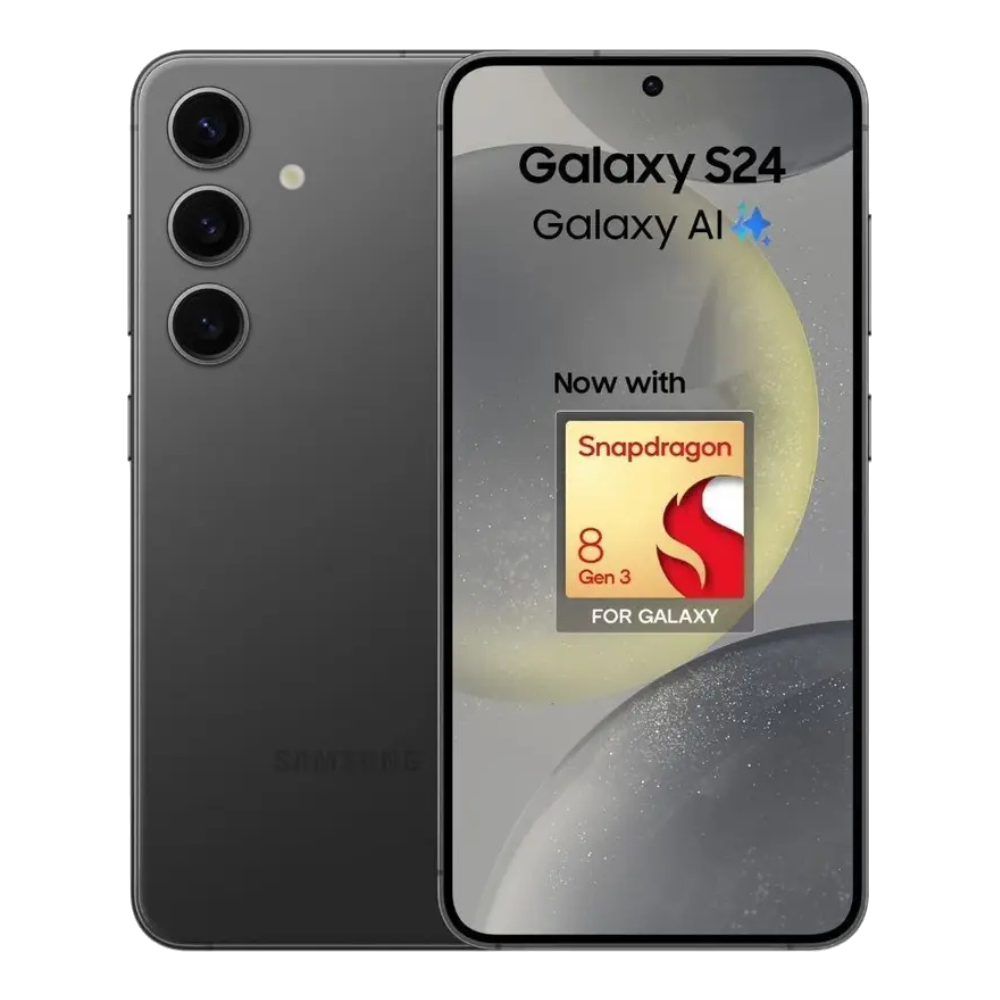
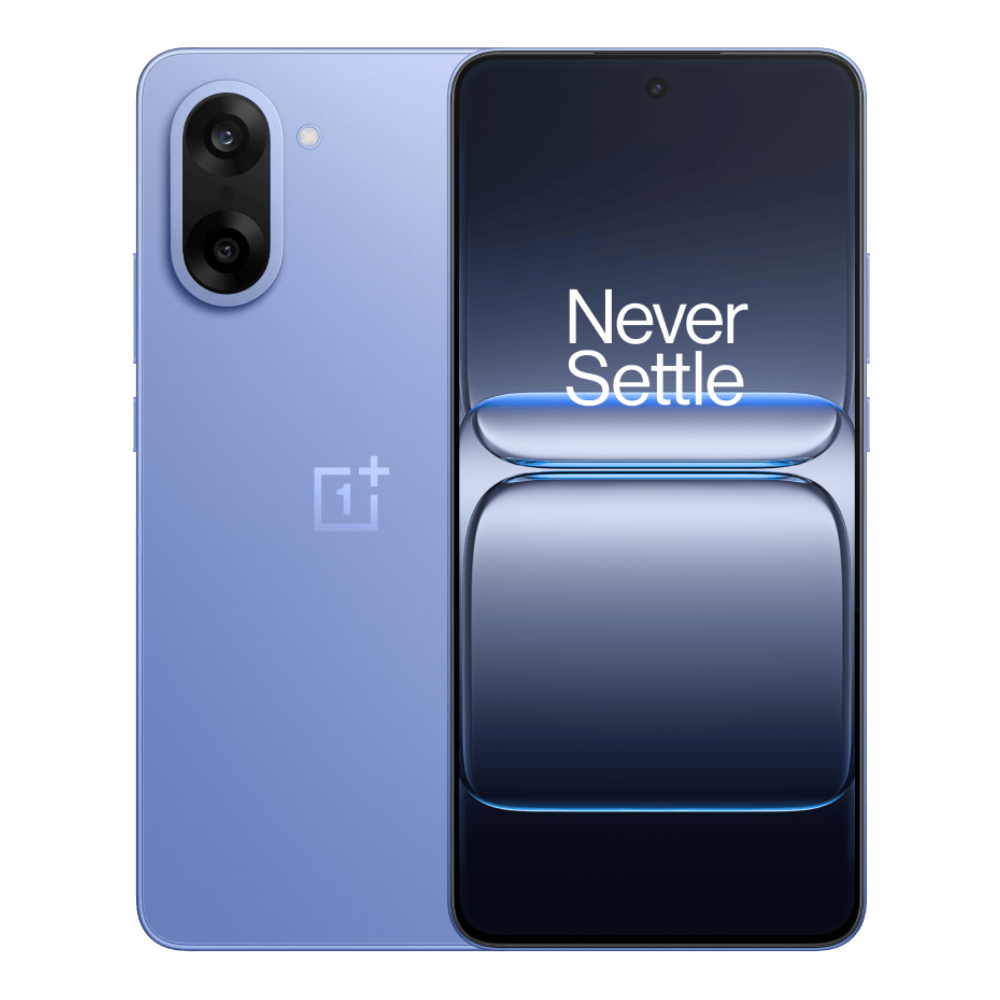
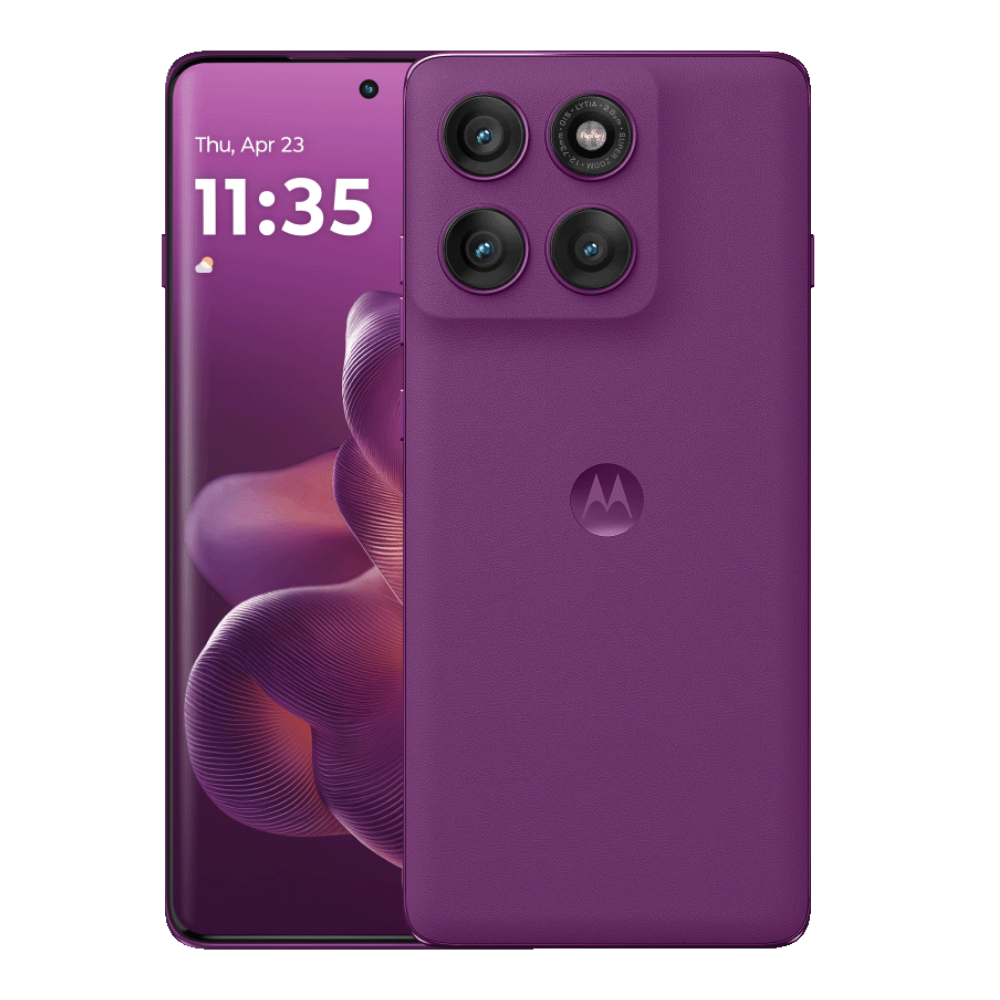
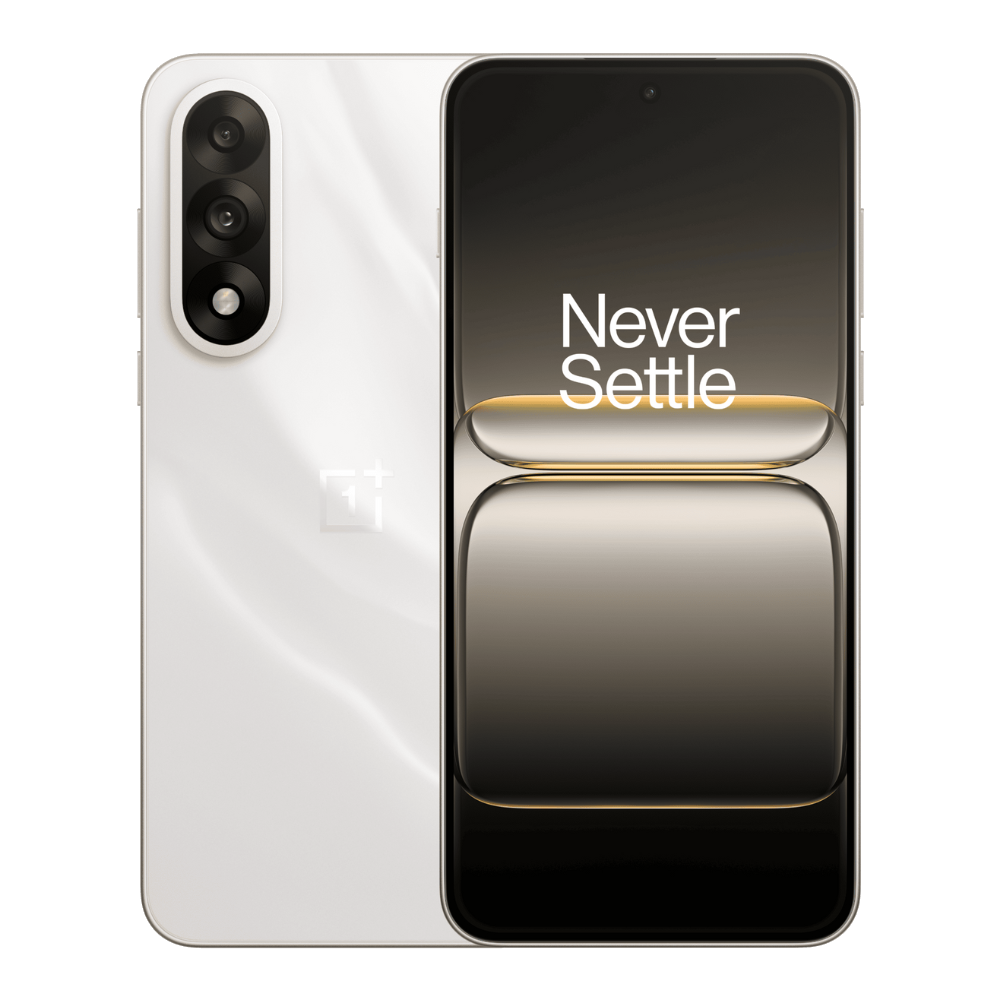
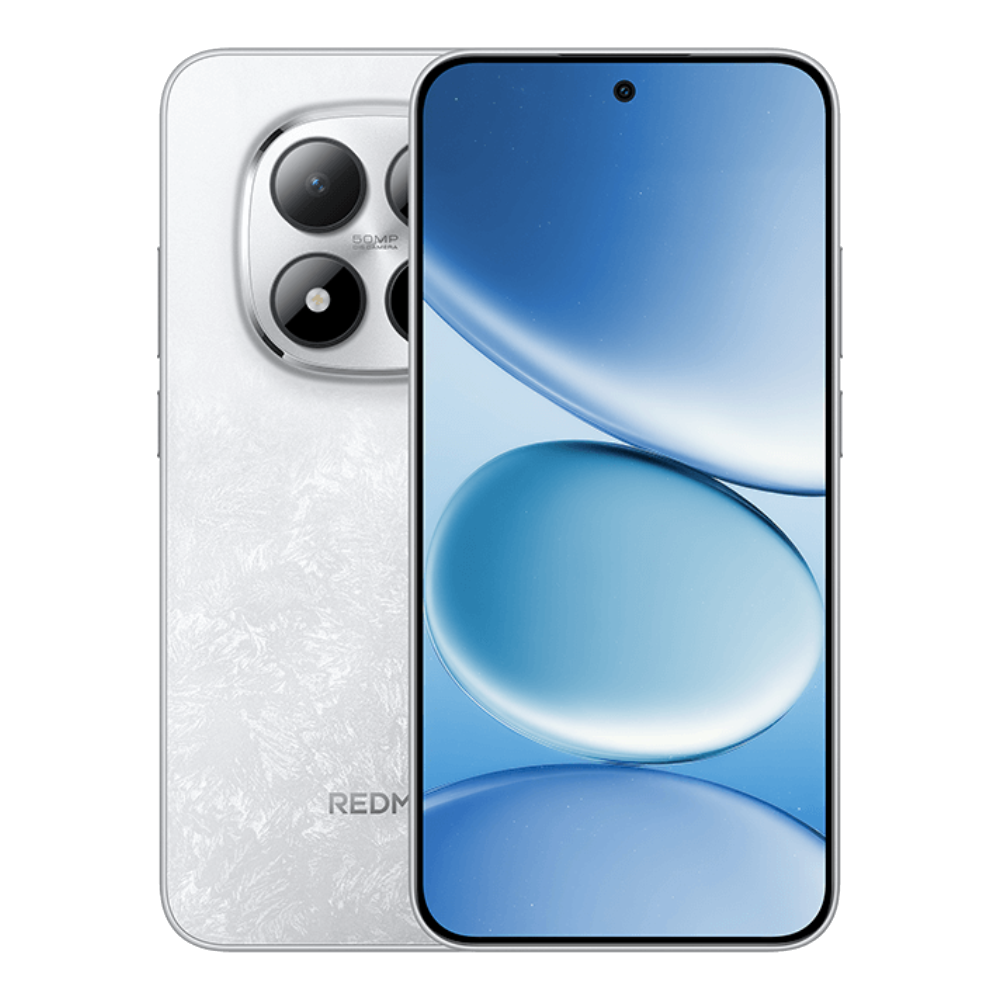
.png)
